How Long Can Cow Milk Sit Out: Raw vs Pasteurized
How long can cow milk sit out? Do you know? We are going on a deep dive into aw vs pasteurized milk. Pasteurized grocery store milk can go bad really quick if left out, but raw milk acts differently.
If you’re not familiar with raw milk, keep reading! I promise you’ll learn something new. And maybe by the end of this post you will be ready to get your own dairy animal!
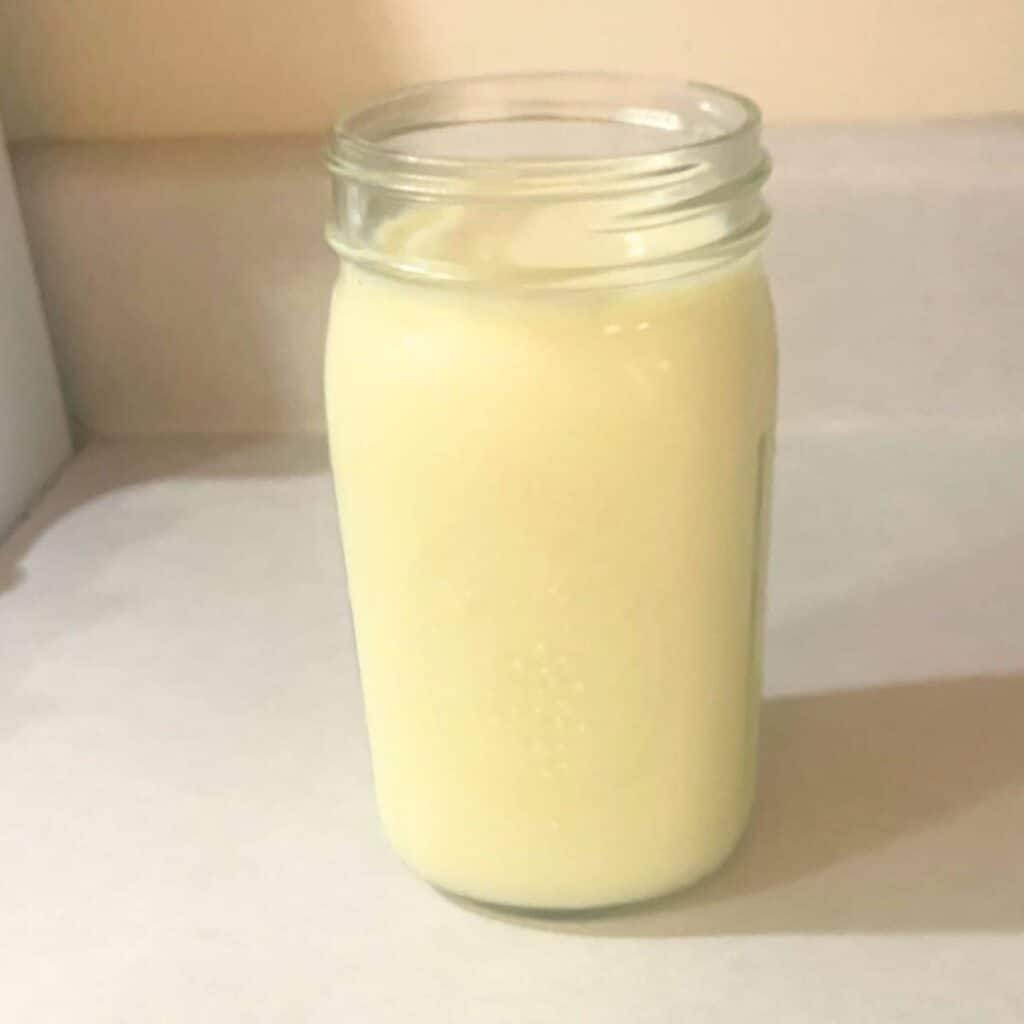
This post contains affiliate links, which means I make a small commission at no cost to you if you place a qualifying purchase through any of the links. Read my full disclosure here. Thanks for your support!
First, let’s address the elephant in the room and acknowledge that there is a LOT of controversy about drinking raw milk.
In my humble opinion, milk pasteurization absolutely has a place in our society. We don’t all live on farms or have access to or money for farm products.
However, if you have your own dairy cow or have access to clean, raw milk, the raw milk is a much better product.
This post will answer the question of how long milk (both raw and pasteurized) can sit out while still being safe to consume. While I will be talking about raw cow milk here, this post would also apply to any dairy animal you have.
How Long Can Raw vs Pasteurized Cow Milk Sit Out?
Raw cow milk is full of good bacteria that makes it safe to consume almost indefinitely when it is left out. In contrast, pasteurized milk is at risk of spoiling after just 1 to 2 hours depending on room temperature and other variables.
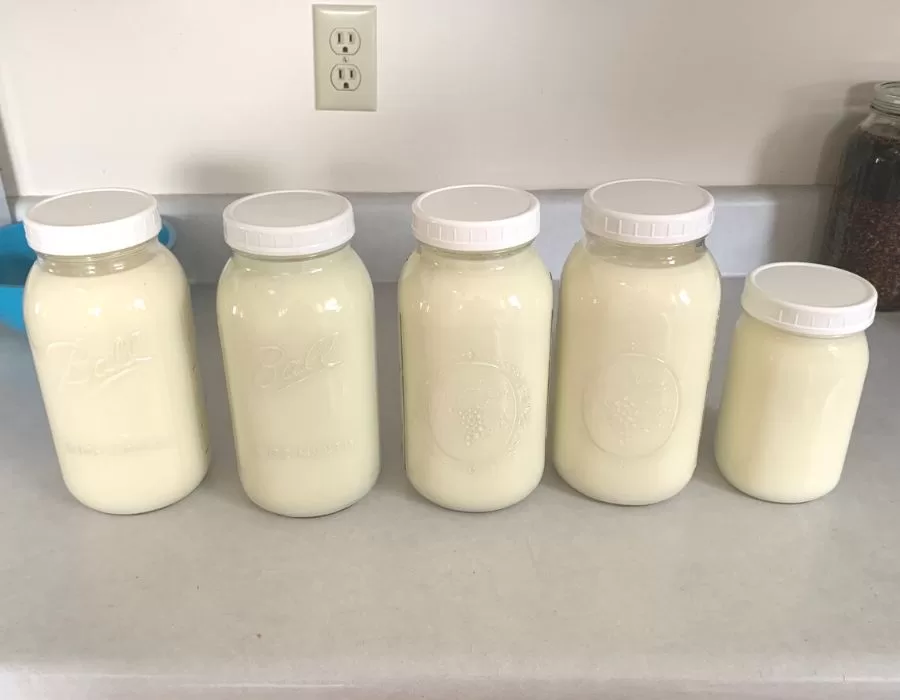
How Long Can Pasteurized Cow Milk Sit Out?
Pasteurized milk starts to degrade and spoil after 1 to 2 hours of being left out depending on the room temperature and other variables.
Generally, a carton of milk or jug of milk from the grocery store has been pasteurized. That means the heating process killed all the beneficial bacteria. Therefore, there is no protective bacteria left in the milk to fight off small amounts of harmful bacteria that may be introduced.
When you leave pasteurized milk out at room temperature, it starts to spoil.
Food safety experts at the United States Food and Drug Administration say that leaving perishable food out for 2 hours or more allows harmful bacteria and spoilage bacteria to develop rapidly.
Furthermore, the time frame is 1 hour when the temperature is 90°F (32°C) or hotter. They have additional information and specify that the danger zone for food poisoning and foodborne illnesses is from 40°F to 140°F (4°C to 60°C).
A good rule of thumb is to get your milk carton down to a low temperature as quickly as you can when you’re done grocery shopping, but definitely within 2 hours. If you do, unopened milk will have a longer shelf life and it’ll be the best quality.
This is true for only pasteurized cows milk and not ultra-high temperature milk (UHT).
UHT pasteurization is where milk or cream is heated to 280 to 302°F (138 to 150°C) for 1 to 2 seconds. This process destroys all microorganisms. This aseptic milk or cream is then packaged in sterile milk containers, and can then be stored without refrigeration for months.
You should still use your pasteurized milk and UHT milk by the best-by date for best results.
How Long Can Raw Cow Milk Sit Out?
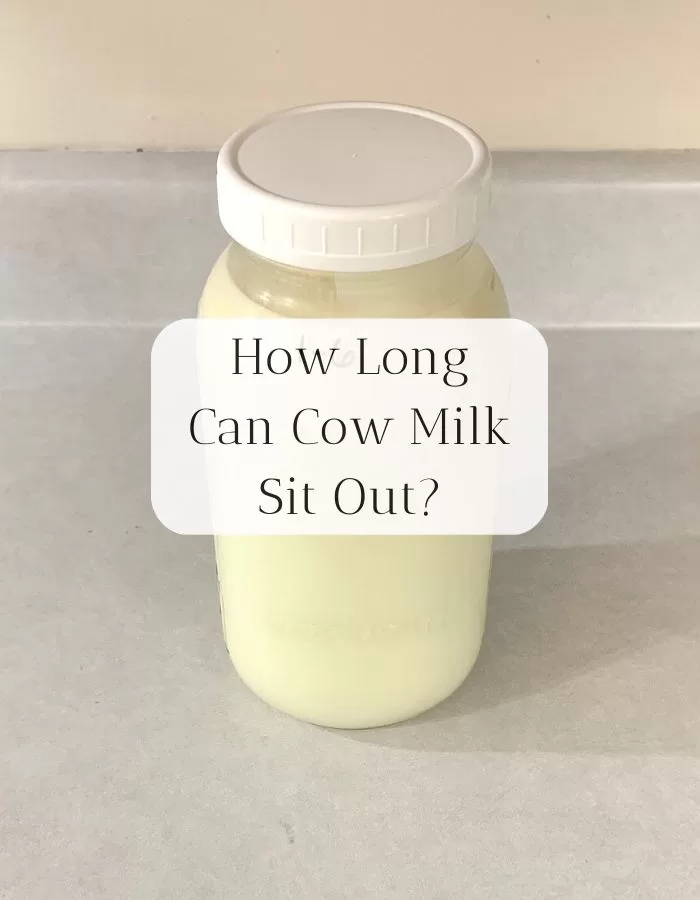
You can leave raw milk out for an extended period of time. As long as you handle it properly, the milk will still be safe to consume. Dangerous bacterial growth is generally not a concern since raw milk is naturally full of beneficial bacteria that kills the bad bacteria.
There is a significant difference in the behavior of pasteurized milk and raw milk.
In raw milk, the good bacteria outweighs and kills off spoilage bacteria that might be introduced. The milk will first start to turn sour, and then it will clabber and turn into a yogurt and cheese-like consistency when it’s left out.
The whey will separate from the fat particles, but it’s still perfectly safe to consume.
Experiment: How Long Can Raw Cow Milk Sit Out?
In order to prove what I say above regarding the safety of leaving raw milk out on your counter, I did an experiment and documented the results. It’s fascinating how raw milk changes and cultures from one product to another product entirely!
Day 0
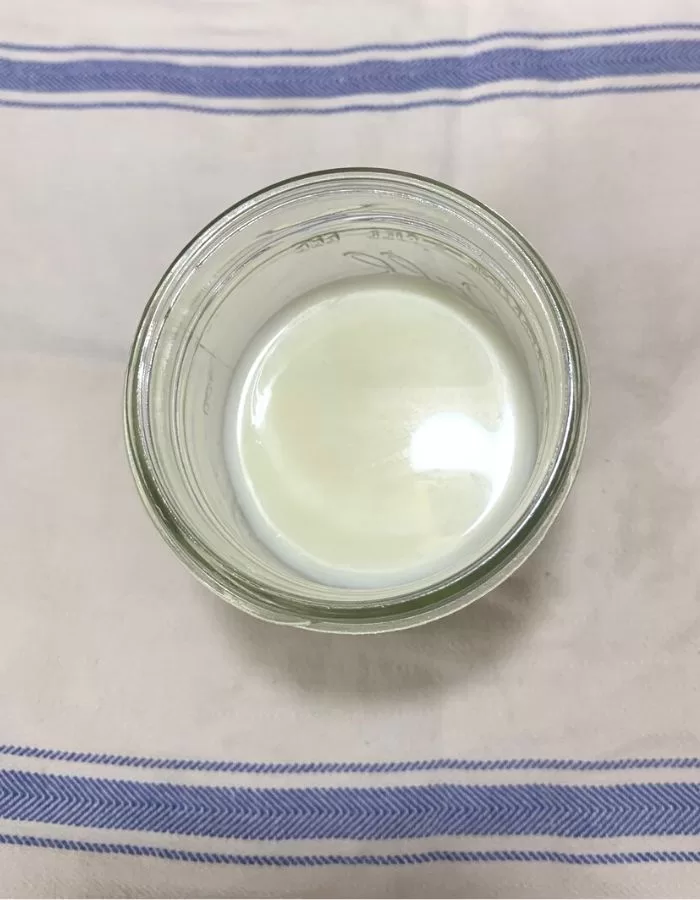
I poured a cup of cold, fresh milk and left it on the counter.
Day 1
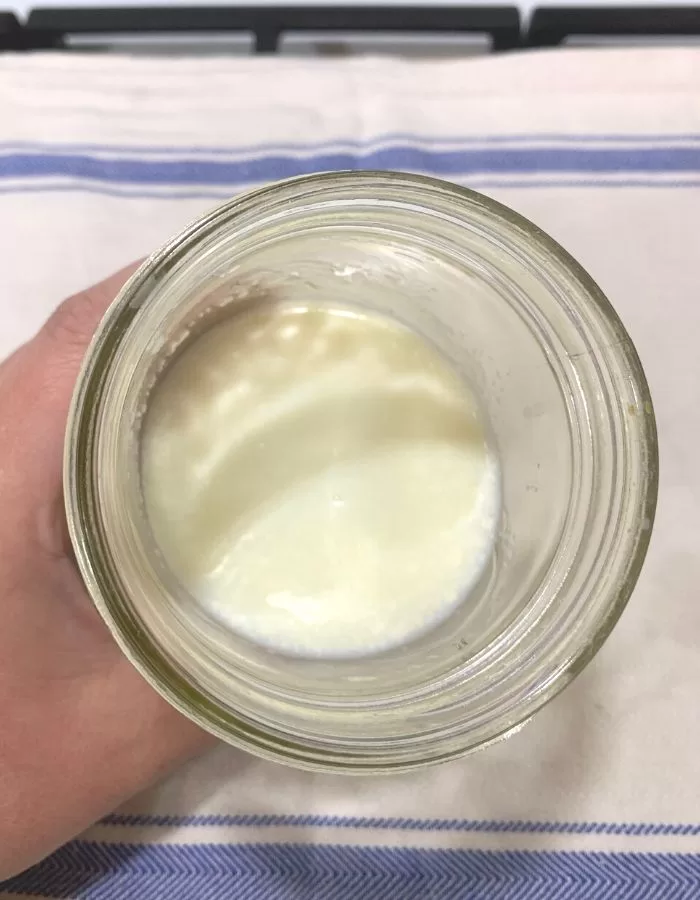
After 24 hours, the cup of milk still looked like milk but I could see that the fat particles were starting to come together. It smelled only slightly sour.
Day 2

After 48 hours, the cup of milk had definitely started separating into curds and whey. It did smell sour and I had no desire to taste any of it.
Day 3
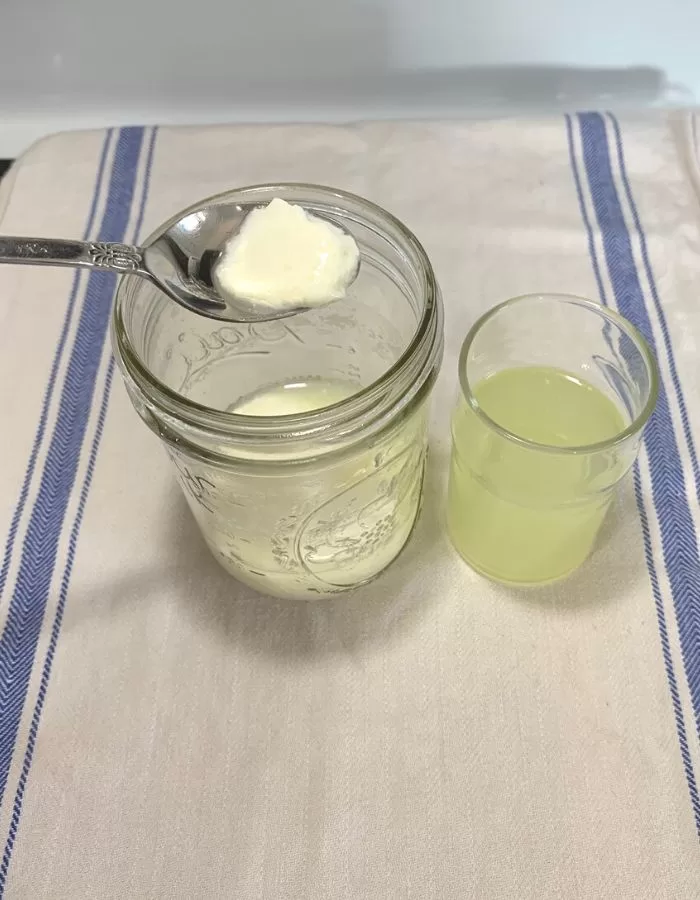
After 72 hours, the cup of milk had separated even more into curds and whey.
The volume of whey had doubled, and I poured off the whey into a separate glass. Interestingly, the smell was starting to turn sweet again and was less sour. I have no idea if that is normal for raw milk, or Belle’s milk, or for my kitchen.
Because it smelled sweeter and I was curious, I tasted the curds after I poured off the whey. It tasted a lot like tangy yogurt!
Day 4

After 96 hours, more whey had developed from the shrinking curds and I decided to drain it in a flour sack towel hanging from my upper cabinet door knob.
I tasted the curds and they tasted more sour than the previous day and less desirable. I’m thinking that sour cheese probably doesn’t have a market. But Day 3 cheese…that’s another story!
I do want to stress that the smell and taste of the raw milk (and eventually curds) went from sweet to sour but it never got to the level of putrid like it was bad milk or rotten milk.
Culturing and fermenting happens naturally in a raw dairy product, but it is still safe to consume. Milk will ferment when bacteria such as Lactobacilli or Bifidobacteria gets in.
I stopped the experiment on Day 4 because I was pretty sure the curds would continue to shrink and get more sour as time went on. But I didn’t throw out the curds and whey!

I gave the curds and whey to the dogs and chickens who gobbled them up fast!
Safety is very important, so let’s go over some things to keep in mind when handling raw dairy.
Safety Tips for Raw Milk
When consuming raw milk (aka “real milk”), you should keep some safety tips in mind. First, ensure that the dairy animal is healthy. Second, everything the milk touches should be very clean. Last, filter and chill the milk as soon as possible to maintain quality, freshness, and taste.
This list is really hard to rank because I think each item is equally as important as the next.
If you are purchasing raw milk from a local dairy farm, inspect their milking and processing procedures to make sure you feel comfortable with their process. Be your own advocate and don’t spend money if they won’t let you see them work.
If you’d like to learn how to milk a cow, I have a blog post covering the whole process from start to finish!
Priority #1 – Make sure your dairy animal is healthy.
This should be common sense but make sure your dairy animal is healthy. You can have her tested and analyzed for different diseases. But generally, if she and her baby look and act healthy, her milk is likely safe to drink.
However, if your dairy animal is showing signs of sickness (coughing, lethargic, emaciated, etc), you may want to hold off on drinking her milk until you determine why she’s sick.
If you have your own dairy animal, make sure to allow her access to fresh pasture, plenty of sunshine, and clean water to keep her healthy.
Priority #2 – Cleanliness is critical when working with raw dairy.
If you milk your own dairy cow or if you buy raw milk from a local dairy farmer, cleanliness is critical for keeping your milk safe and fresh.
Every vessel that the raw milk comes into contact with needs to be very clean. I like to sanitize the milk pails, funnel, and milk jars in my dishwasher immediately after use.
Additionally, I clean our cow’s udder very well prior to milking her. We use hot water and a bit of Dr. Bronner’s liquid castile soap.
Here’s an experience we had, although hopefully it’s not everyone’s experience.
We bought raw milk for years prior to moving to our farm. And we purchased raw milk from two separate farms that were very reputable.
I’m not sure what those farmers were doing wrong but all the milk we ever purchased had kind-of a grassy flavor. It was not pleasant. I ignorantly assumed that maybe that’s how raw milk was SUPPOSED to taste. So we kept buying their milk.
Fast-forward to us milking our own dairy cow and being mindful of cleanliness in every step of the process. I have NEVER tasted any grassy flavor in Belle’s milk. EVER!
She’s a Jersey cow just like the other two farms used; however, our milk actually tastes like good, sweet milk. I’m guessing maybe cleanliness or filtration was an issue at those other farms.
We have since purchased two more Jersey dairy cows that have calved and produced milk, and their milk tastes really good, too. So personally, I think filtration was the issue with the raw milk I purchased in the past from other farms. Either that, or they weren’t cooling down their milk fast enough at the other farms.
Priority #3 – Filtering your milk with high-quality filters is essential.
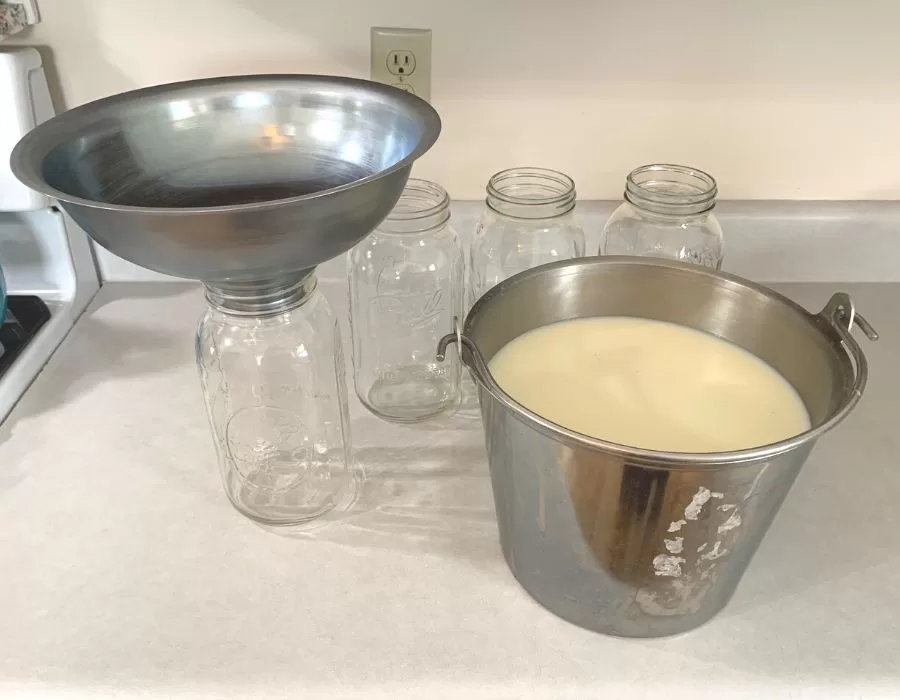
I’ve seen some YouTubers using just a fine mesh sieve to filter their milk or nothing at all. If you are milking your own dairy animal, I strongly recommend high-quality raw dairy filters for getting the tiniest bits of dust and debris out of your raw milk.
As a general rule, if your milk is clean going into your milk jars, it will be sweeter and will stay sweet for longer in your refrigerator without developing off-flavors.
Priority #4 – Chill your filtered, raw milk as soon as you can.
It shouldn’t be a surprise that when you milk your dairy animal, it will be close to 100°F (40°C). All of the good, alive things in raw milk feed on the sugars. Refrigerate and chill the milk after filtering it. This will arrest the bacteria.
Clemson University did a study on the safe handling of milk and dairy products that you might find interesting. As noted in the study and to protect the milk’s quality, they recommend storing the milk well below 40°F (4°C). Otherwise, it will start to show signs of spoilage like curdling and develop a sour odor and off-flavors.
We set our refrigerators at a safe temperature between 37°F and 39°F (3°C to 4°C).
The best way to store your milk is in the bottom or back of the fridge. Don’t store your milk in the refrigerator door since that is usually the warmest spot.
This applies to any type of milk products or raw dairy products (cow’s milk from whole milk to skim milk, either non-organic or organic milk, breast milk, soy milk, almond milk, oat milk, lactose-free milk, and regardless of whether it’s raw milk, pasteurized milk, ultra-pasteurized milk, or milk that’s had ultra-high temperature pasteurization…also known as shelf-stable milk).
We only milk one cow, Belle. So it’s easy for us to milk her, filter the milk, and get the milk into the refrigerator within an hour of milking.
Belle’s milk is really sweet for at least 5 days before the sugars start decreasing, but even at 10 days her milk still tastes better than milk from the grocery store. Grocery store milk is usually good until 1 to 5 days past the expiration date or the sell-by date.
I hope this post was informative!
Shop This Post!
Dr. Bronner’s Pure Castile Liquid Soap (Baby Unscented, 32 ounce, 2-Pack)
Schwartz Filter Disks 6.5″ 100 Count Box Non-Gauze Milk Filters
Pin It For Later!

Other Posts You May Enjoy
How to Skim Heavy Cream From Raw Milk


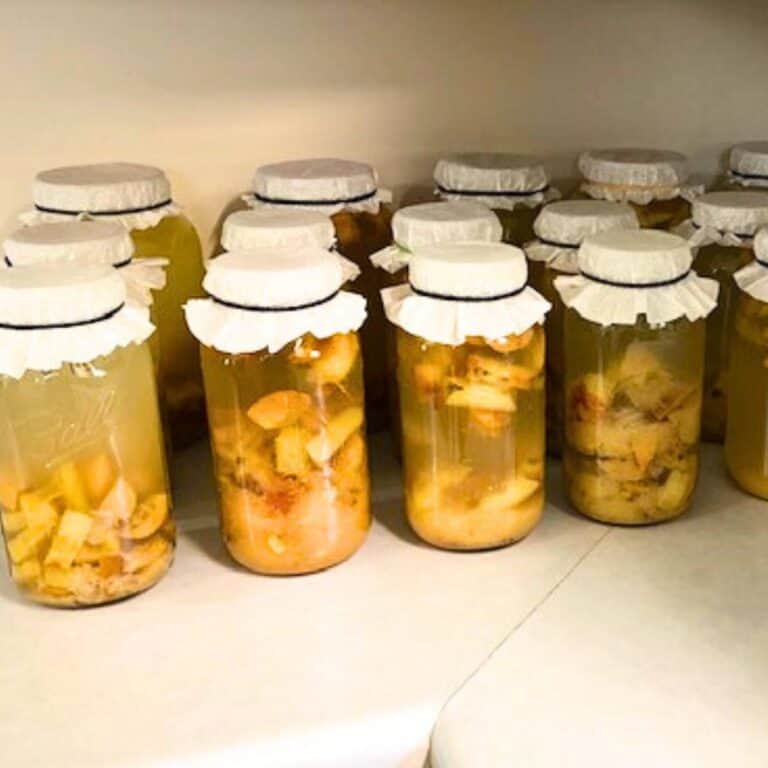
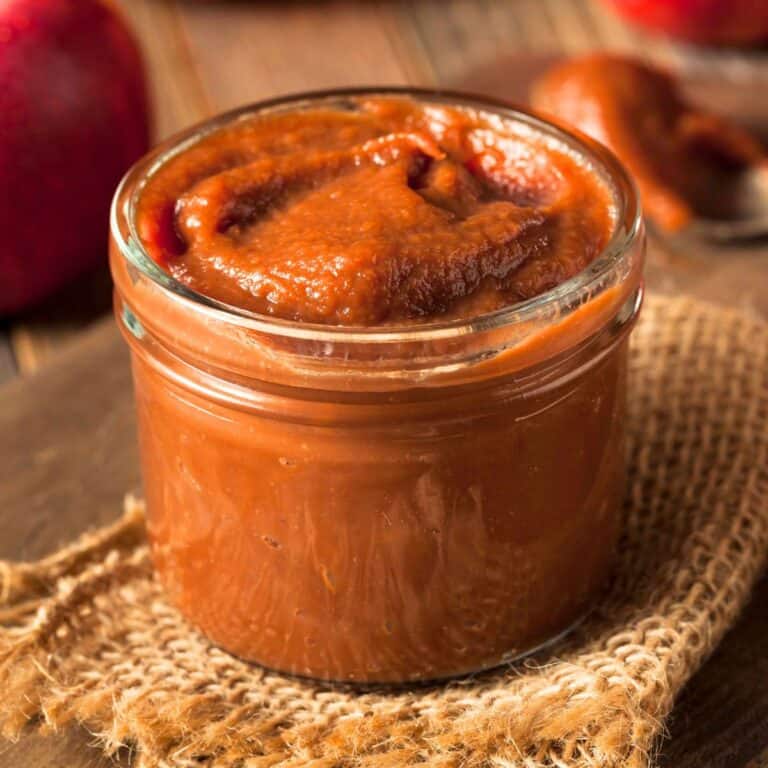

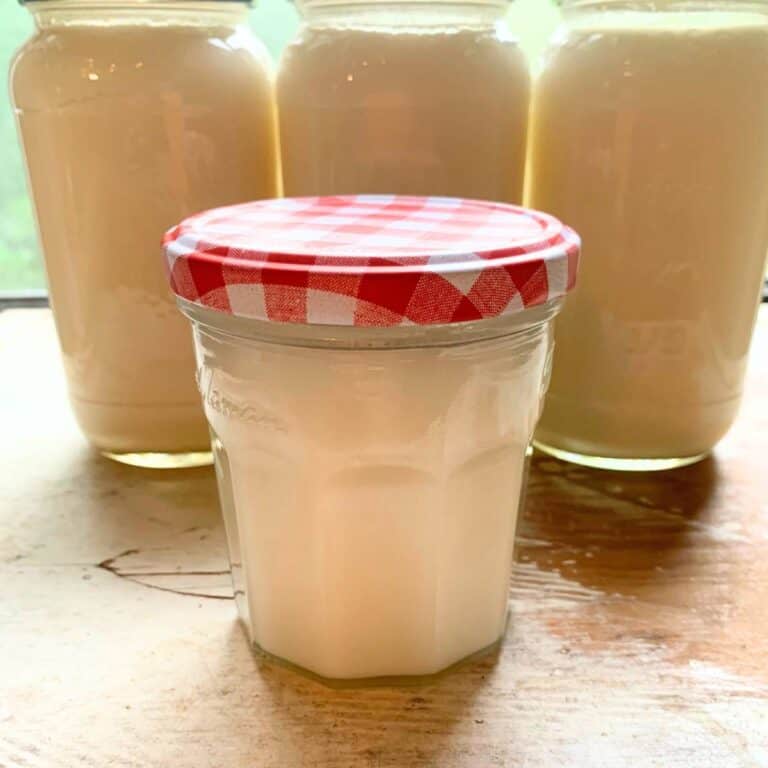
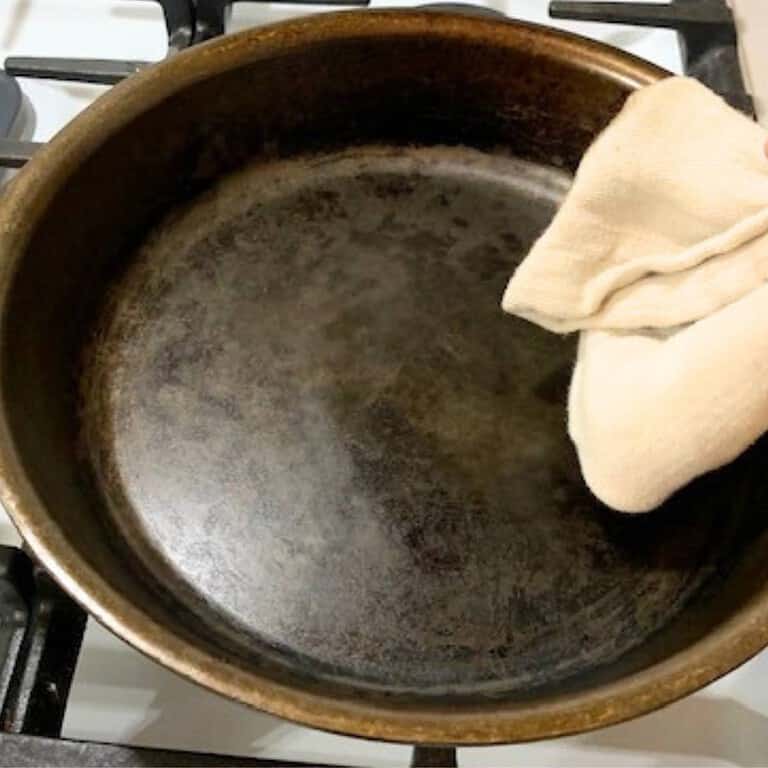
What a super helpful post! Thank you!!
You’re very welcome!